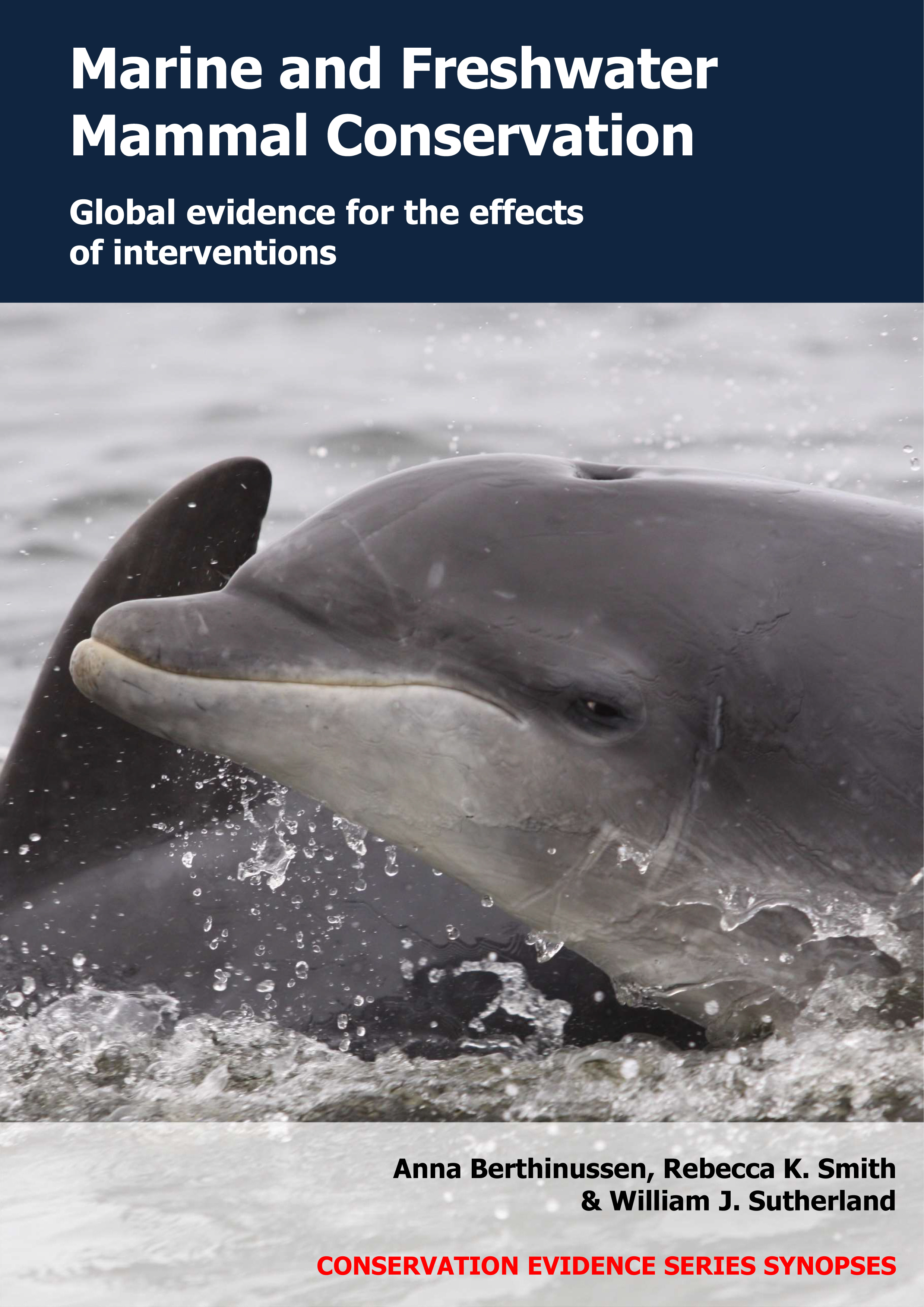Reunite abandoned marine and freshwater mammal young with parents
-
Overall effectiveness category Unknown effectiveness (limited evidence)
-
Number of studies: 1
View assessment score
Hide assessment score
How is the evidence assessed?
-
Effectiveness
50% -
Certainty
25% -
Harms
0%
Study locations
Supporting evidence from individual studies
A review of interventions in 1980–2012 for Hawaiian monk seals Monachus schauinslandi in the North Pacific Ocean, Hawaii, USA (Harting et al. 2014) found that reuniting seal pups with their mothers, along with at least seven other interventions to enhance survival, resulted in 139 of 532 (26%) seals surviving and reproducing. The study did not distinguish between the effects of reuniting pups with their mothers and the other interventions carried out. The 139 surviving seals (including 71 females) produced at least 147 pups, which also went on to reproduce (15 pups). In 2012, the number of surviving seals and their offspring were estimated to make up 17–24% of the seal population (198–271 of 1,153 seals). In 1980–2012, a total of 885 intervention events of seven types were carried out: pups reunited with mothers (113 events); removal of derelict fishing gear from seals (275 events); translocation (284 events); rescue of stranded or trapped seals (37 events); umbilical cord removed or other medical treatment (84 events); other actions, such as deterring aggressive male seals (120 events). Field biologists and monitored the seal population in 1980–2012. Data were analysed for 532 individual seals facing severe mortality risks and involved in 698 of the 885 intervention events.
Study and other actions tested
Where has this evidence come from?
List of journals searched by synopsis
All the journals searched for all synopses
This Action forms part of the Action Synopsis:
Marine and Freshwater Mammal Conservation
Marine and Freshwater Mammal Conservation - Published 2021
Marine and Freshwater Mammal Synopsis





)_2023.JPG)














